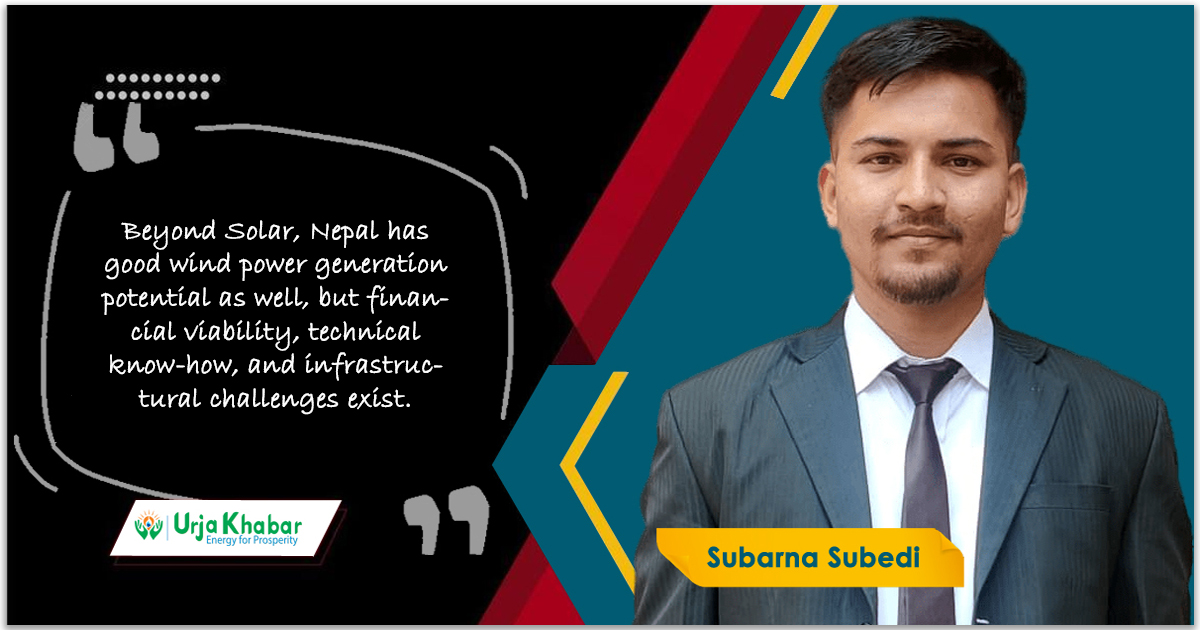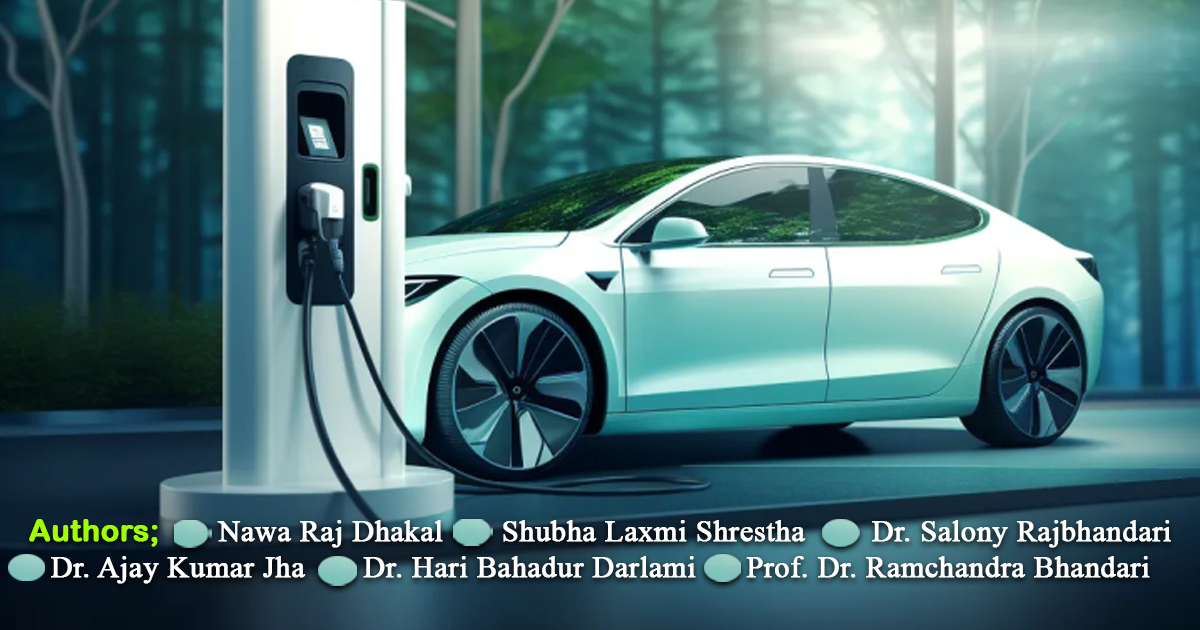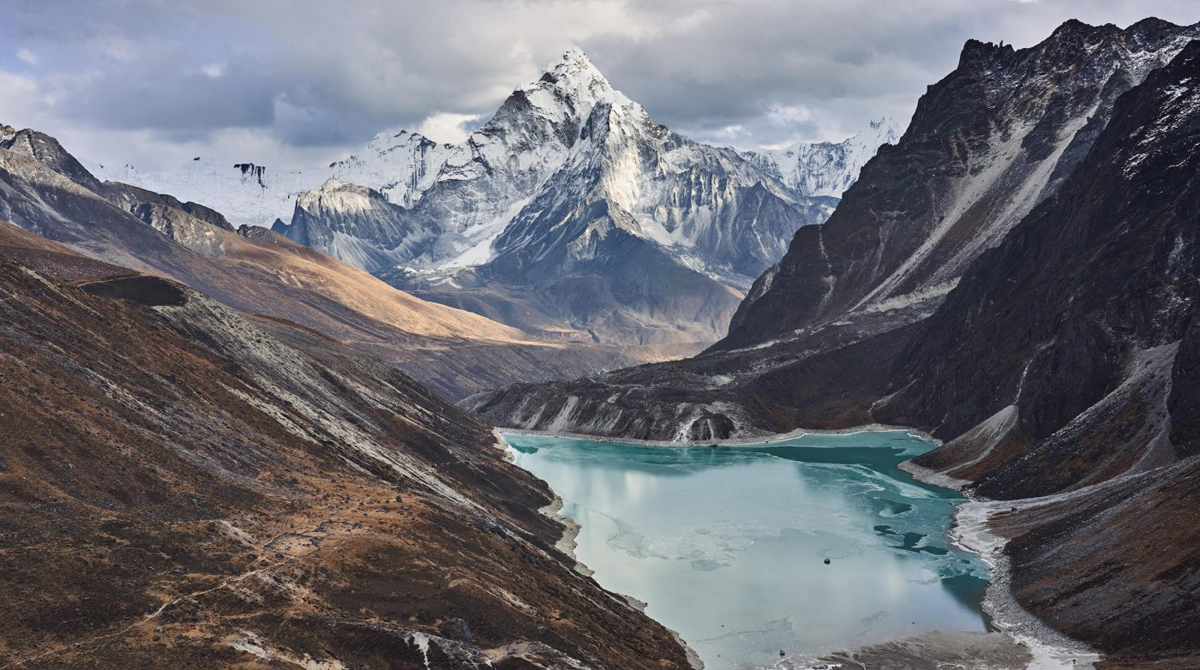Energy Update
Global Solar Boom: Nepal’s Growing Adaptation of Solar Energy

The energy sector is a major contributor to greenhouse gas emissions globally as well as here in Nepal. Though our emissions are very nominal, the global urge to adopt renewables to combat climate change has also influenced our policies to be renewables-friendly. Among the several renewables available to displace conventional fuels, solar energy is the most popular and widely adopted here in Nepal. Many might argue that hydropower is, but the debates on hydropower regarding it being renewable is a different story. For now, though, we focus on solar energy and its popularity in Nepal.
The global desire to move to renewable energy sources has peaked due to the climate issue, yet demand for fossil fuels is still rising. Renewables can be a popular choice for switching from fossil fuels only if they become cheaper and financially viable to invest in. During this shift, solar energy has taken center stage thanks to several government assistance initiatives and subsidies. As per the International Renewable Energy Agency, solar modules used to cost $6.17 per Watt peak (Wp) in 2000 but today they cost less than 10 cents per Wp. As the major chunks of the system cost have declined over the years, the system cost has also decreased, making the system financially viable.

Expensive solar panels (photovoltaic modules) were once used to power satellites in outer orbits, but today it is regarded as a technology to power our future at the lowest price. The technology invented in America, commercialized by Germany but revolutionized by China, was the most adopted energy source in 2023 as per the International Energy Agency. The same is the story in Nepal, Solar once used to be regarded as a means of energy access for remote households in Karnali, but today it’s regarded to aid the reliability of the NEA grid for industries and power our homes. If you travel across the industrial estates, you will see at least two or three industries with roofs covered with solar panels. So, how did this happen?
In Nepal, the government supports the solar system with the VAT exemption on the solar photovoltaic modules and inverters meeting Nepal Photovoltaic Quality Assurance (NEPQA) standards certified by the Renewable Energy Test Station (RETS). In Nepal, the cost of developing a solar power plant of 1 MWp will be between four and five crores. If the project is developed to sell electricity to the Nepal Electricity Authority (NEA) through the power purchasing agreement (PPA) at a rate of NPR. 5.94 per unit (this rate is set to be adjusted with new bidding), the project's payback period will be around 6-7 years with the project's Incremental Rate of Returns (IRR) of more than 15%.

The installation period of less than a year and nominal operational and maintenance costs are attracting the private sector to develop utility-scale solar farms. As per the Nepal Electricity Authority’s annual report of 2023, 25 MW by NEA and 61.94 MW of solar systems have already been installed, and 53.2 MW have signed the PPA agreement with NEA and are under different stages of development. Recently, NEA has called for a bid of 800 MW for the PPA. This willingness of NEA to integrate solar into the national grid means a promising future for solar in Nepal.
The sector that can benefit mostly from on-grid solar systems is industry. For similar systems, the industry can have a payback period of around 5 years replacing its T2 (daytime) electricity from the national grid. The provision of net metering for 500 kW and below systems at the PPA rate set by NEA will further help industries offset their bills by selling electricity to NEA during holidays and off hours. Many industries have already installed such systems, but I could not find the data on that. Here, the Alternative Energy Promotion Center (AEPC) needs to publish the data on systems installed and electricity generation from such systems till now.
For such projects under 1 MW for captive use, AEPC has two different support mechanisms through its two different programs. One program called “Promotion of Solar Energy in Rural and Semi-Rural Regions in Nepal (DKTI)” with financial assistance from the Federal Government of Germany through KFW Development Bank provides a 50% interest subsidy for 5 years as provisioned in the Renewable Energy Subsidy Policy 2022. Another AEPC program called the “Nepal Renewable Energy Programme” with financial assistance from the British Embassy in Kathmandu provides two different kinds of support: one is a maximum of 50% of the total interest on their loan to be obtained for that project for a maximum of 5 years or a maximum of Rs. 1.50 per unit for energy generated for a maximum of 5 years depending on the ask of the applicant through the Sustainable Energy Challenge Fund.
Beyond such on-grid projects, AEPC has been providing support for solar irrigation, institutional solar PV systems, solar mini and microgrid projects, and solar dryers and cookers where support varies from 60 to 90% of the project cost through its funds. Among these, solar on-grid has been the most popular these days.
Sunshine of more than 300 days and the specific solar generation of more than 1300 kWh/kWp/year with suitable atmospheric conditions make Nepal a better-suited country for energy generation through solar. The inability of solar as well as other renewables to be demand-responsive is still a challenge. So, rather than a grid following renewables, grid-forming ones with energy storage can promise us a green and sustainable future.
Beyond Solar, Nepal has good wind power generation potential as well, but financial viability, technical know-how, and infrastructural challenges exist. Biomass is an integral renewable energy source, but policy interventions are needed. It’s said that “one renewable energy source can’t replace the conventional fuels, but a robust renewable ecosystem can.”
Subarna Subedi is the author of this article and a renewable energy engineer at Quasar Energy Consultants.
Conversation
- Info. Dept. Reg. No. : 254/073/74
- Telephone : +977-1-5321303
- Email : [email protected]














